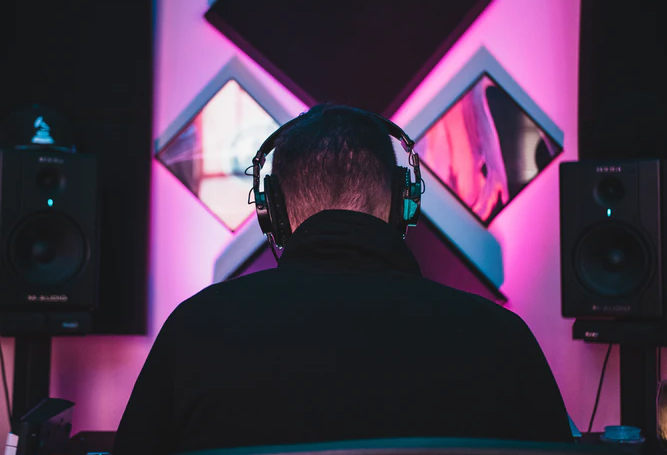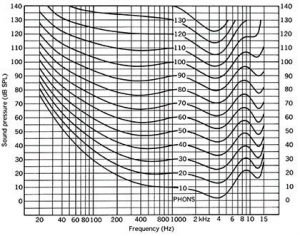
It Starts At The Source
It should go without saying that achieving the best mix starts with a good recording. Strive to achieve the cleanest tracks you can, with no excess noise or distortion.
Most importantly, don’t forget to listen closely while you’re recording. Be on the lookout not just for mistakes, but stray noises and other anomalies. It’s far more difficult to go back and re-record a part, or fix it in the mix, than it is to get it right the first time.
It’s also a good idea to think in terms of the song and the arrangement from the very beginning. Only add what’s needed for the arrangement, rather than cluttering it with overdubs. And try to keep the number of takes of any given part to a minimum; few things are more mentally exhausting than listening through dozens of takes of a vocal or solo to compile a single track.
In fact, planning for your mix while you’re tracking is probably the number one most overlooked issue in recording. Particularly with the near limitless tracks offered by today’s DAW programs, it’s all too easy to just record another take and adopt a “fix it in the mix” attitude. The hours you will add to your mixdown time will absolutely come back to bite you in the end.
Preparing Yourself
Just as with any artistic endeavor, everyone has their own set of tricks and techniques, and what works for me might not do the trick for you.
But there are a few points that are pretty much universal. One is to always try and mix with fresh ears. Starting a mix after you’ve been tracking for eight hours will pretty much assure you’ll be starting again the next day. Second, try and keep the volume at lower levels — too much volume will inevitably begin to affect your perception (for more info, do a web search on Fletcher-Munson Curve).

Also, when you’re mixing, remember to change your perspective often. Your mix may sound great while you’re sitting in the sweet spot between the loudspeakers, but the true test will be listening to it from out in the hall, or through a boom box or car stereo.
We’ve all heard people compare a mix in visual terms, and there are even courses of study that emphasize the concept, creating different colored “orbs” to illustrate the placement of parts in a mix. It’s an interesting idea, though I personally prefer to leave visuals out of the equation altogether.
In fact, my preferred method for mixing involves closing my eyes to listen. I find that removing visual distractions tends to sharpen my focus on what I’m hearing.
The Joys Of Mono
It’s important to periodically check your mix in mono while building your mix. The main idea behind this is to avoid phase issues with stereo sources like guitars and keyboards.
But checking the mix in mono makes sense for other reasons too. Listening in mono tends to “flatten out” the mix, giving you a different perspective on how much natural separation there is between the tracks.
Essentially, if it sounds clean and well-defined in mono, it will sound good in stereo too, while the inverse is not necessarily true.
That said, let’s draw a distinction between checking your stereo mix in mono versus the practice of building the mix in mono and then spreading it out. While a number of engineers I’ve talked with swear by this technique, my own (admittedly subjective) view is that mixing in stereo requires an entirely different approach, much the same way mixing in a surround format differs from stereo.
